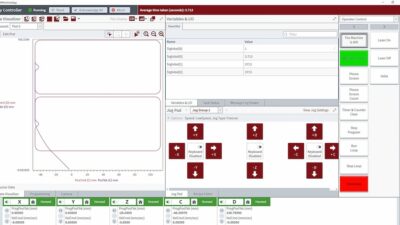G enerally, selection of a control chart and rational subgroup must be balanced between needs, costs, and acceptable risks. Larger sample sizes may make the chart more sensitive in detecting changes, but usually will cost more to operate. X-bar & R charts are usually effective, but in some situations they are not as effective as other chart types. The following table may be used as a guideline in evaluating control charts for a variety of situations.
Summarized Guide to Attribute Control Chart Selection
Chart type
Purpose
Usage
Subgroup size
Remarks
Fraction defective (p)
Monitor the fraction of defects of a subgroup (units rejected / units inspected).
Usually used at inspection points where one or several product characteristics are inspected and result in an accept/reject decision for the unit.
Variable subgroup size but must be large enough to have a high probability that at least one defect is present in the subgroup.
Not effective when defect level is low and/or when the subgroup size is not large enough. If a single defect will put the chart out of control, alternatives, should be considered.
Number of defective (np)
Monitor the number of defects in a subgroup (number of units rejected out of a sample inspection lot).
Subgroup size is fixed, eliminating the need to recalculate the control limits for each subgroup. More convenient to plot than p charts.
Subgroup size must be constant.
Not effective when defect level is low; alternatives should be considered.
Number of defects per subgroup (c)
Monitor the number of defects in each subgroup.
Used to monitor the number of defects in a unit.
Subgroup size is one unit that could have several defects. Subgroup size must be constant.
Alternatives should be considered when defect level is low.
Average number of defects per unit.
Monitor the average number of defects in a unit.
Used to monitor the average number of defects in a unit.
Subgroup includes several units and the size may vary.
If subgroups size varies, then control limits must be calculated individually for each subgroup. Alternatives should be considered when defect level is low.
Source: Control Engineering with data from Motorola



